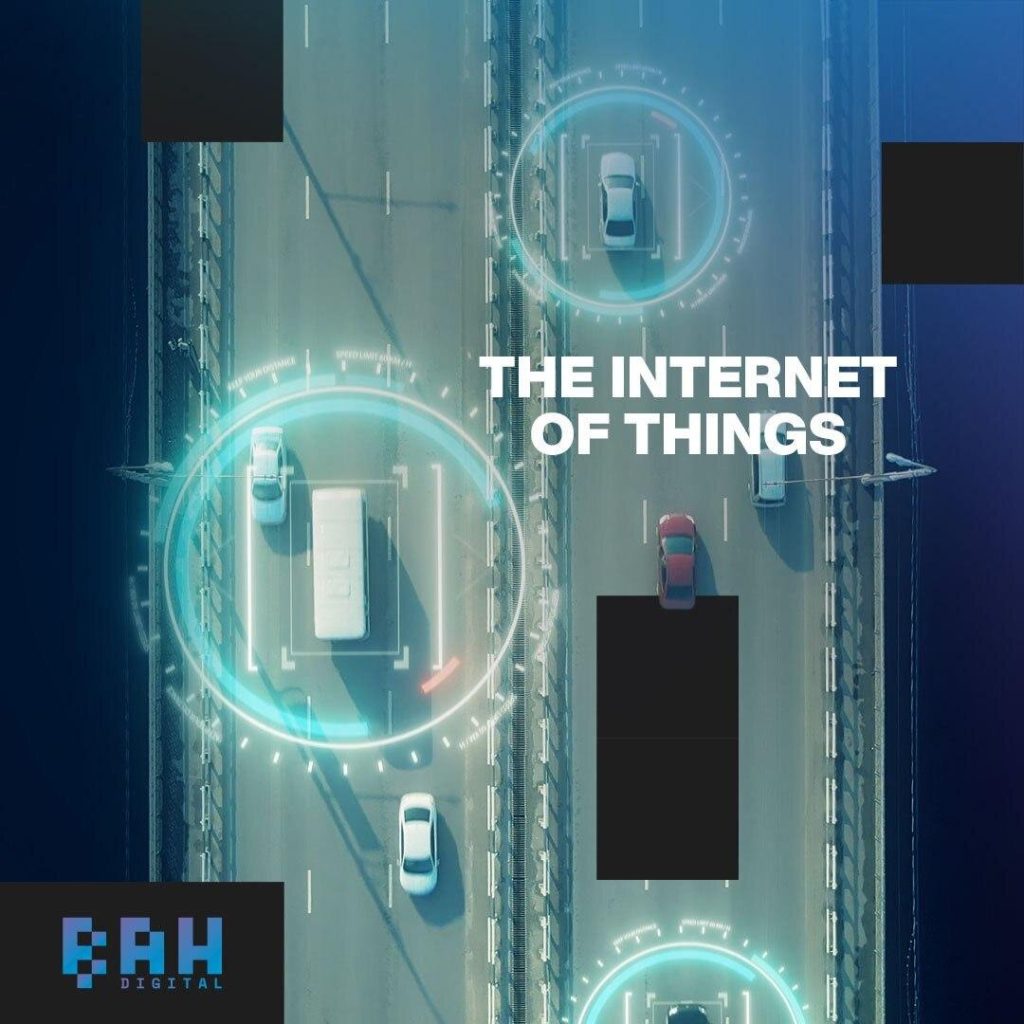Internet of Things

It started with a Coke
When a seemingly normal Coca-Cola vending machine appeared in a hallway at Carnegie Mellon University in Pittsburgh in 1982, few would have foreseen that this machine, the world’s first appliance with an internet connection, would open a new world of possibility for technological applications throughout virtually every industry on the planet. But then again, how could they know that a Coke dispenser with the ability to report data about its inventory and the temperature of newly loaded drinks would result in a world where data would become one of the most valuable commodities we know.

What is IoT
The Internet of Things (IoT), in layman’s terms, refers to computers, devices, objects and machines with unique identifiers (UIDs) that are able to continuously transfer data over a network, without the active involvement of people. Example? Think back to that Coke machine sending information to a computer back in the office when the last can has been bought by a thirsty first year student, and a restock is needed.
The proliferation of IoT over the decades since 1982 has been far and wide reaching. We’re now at a point where in most societies, data is being transferred about each one of us, or for each of our benefit, every single second of the day. From the Fitbit or smartwatch sensors gathering and sending data about your sleep quality and heart rate to an application on your phone, to the light sensors in your car determining whether or not to turn on your headlights when you drive through the tunnel underneath the Gadong roundabout – you are probably always actively or inactively participating in the IoT.

Applications and Possibilities
For the majority of people, the myriad applications of IoT seem irrelevant beyond those relating to the consumer and the tech products that are marketed towards us. Perhaps you have visited the home of a tech-loving friend and noticed that their living space was slightly ‘smarter’ than yours. Maybe it was the fact that some
invisible lady named Alexa was following their oral commands about what music to play. Or that your friend could use her iPad to do everything from dim the lights in the lounge to changing the channel on TV. These seemingly routine, but nonetheless amazing, applications of IoT will only become cheaper and therefore more commonplace as times ticks on. But what are the bigger implications for IoT across various industries?
IoMT
For starters, ‘Smart Healthcare’ is a sector where billions of dollars is being invested in research and development of an Internet of Medical Things (IoMT) because of the sheer impact that simple, existing technological devices could have on improving quality of life. These range from heart rate monitoring devices that regulate pacemakers for those with specialised heart implants, to ‘smart beds’ that can assist disabled or older patients with temperature regulation at night or assistance with getting out of bed in the morning. Imagine the benefit this technology holds if a series of wearable clothing sensors could regulate our bodies after a medical procedure, or relay updated information back to the attending physician about our health status. It might even schedule our next appointment based on the data being relayed.
Agriculture
While it may not be the most exciting plot driver for a sci-fi film, farming in Brunei is in the early stages of adopting IoT technology for use in local agriculture. The driving force behind this is local startup, AgromeIQ. In a case study about their efforts to introduce new farming techniques to Brunei, their CEO Vanessa Teo recently spoke about a farmer who lost thousands of dollars worth of crops during one weekend. Heavy rain on his distant kampong farm drowned all of his produce, while he was unknowingly sitting just miles away at home in sunny Bandar. The solution that she and her company is trying to pilot involves a series of inexpensive meters and sensors using 3G network to relay up to date information about the amount of direct sunlight, soil pH and temperature, humidity, and rainfall to an application on the farmer’s smartphone allowing him to make informed decisions to increase yield and farm smarter.
E-Government
There are numerous metropolitan scale deployments of IoT going on in technologically advanced nations globally, that could one day be implemented in Brunei. One such example is Korea, who over the last two years, has made significant ground in creating the world’s first fully equipped and wired smart city, referred to as Songdo IBD. Their hope is that everything from public transport to public services will be fully automated and operational without much human involvement. This level of technological integration could literally change the way governments manage energy use (think about smart sensors to save energy on city lighting) and mitigate some of the bleak forecasts for carbon footprints and climate change. Moreover, our advanced regional neighbours Singapore are in partnership with China in the deployment of IoT to tackle Guangzhou’s air and water quality, smart traffic management, noise pollution, and more.
How far Brunei is from the adoption of national IoT in public sectors like health care, education and traffic management is difficult to say for sure. But it is well worth watching countries like Singapore, China, USA, Japan, Spain, Korea and other such nations, to gain inspiration for a push towards IoT adoption. With the recent updates currently underway to bring our country’s digital infrastructure to 5G, the time to start planning for its use is now. What will your company bring to the future of Brunei?